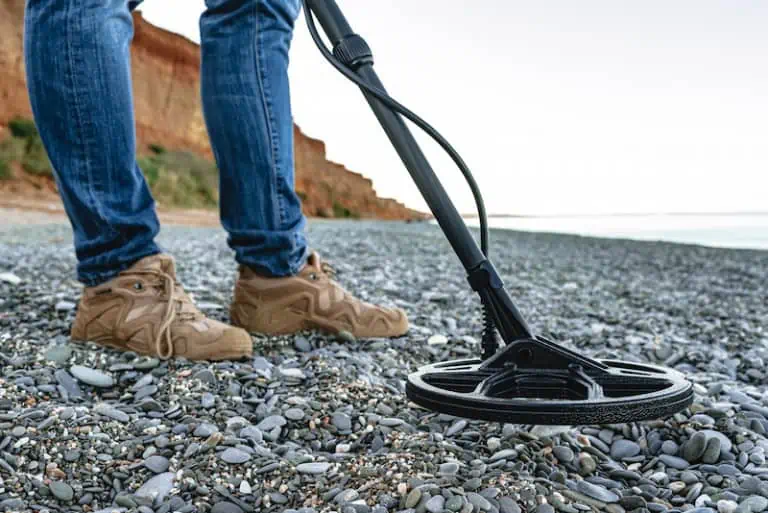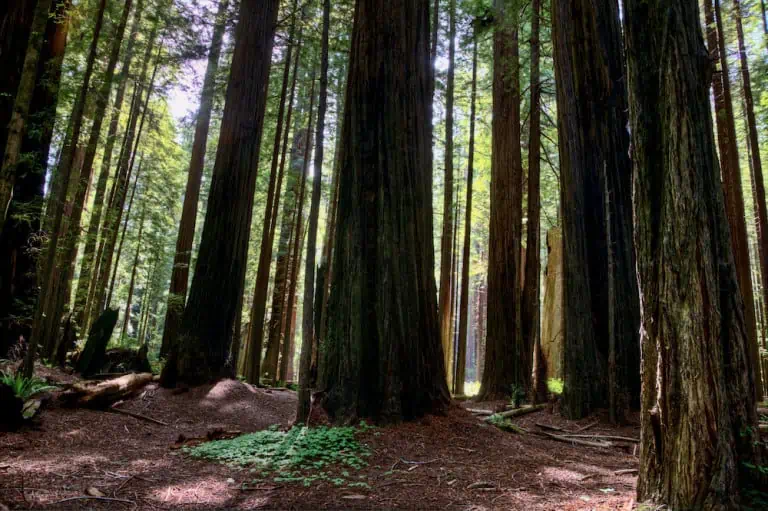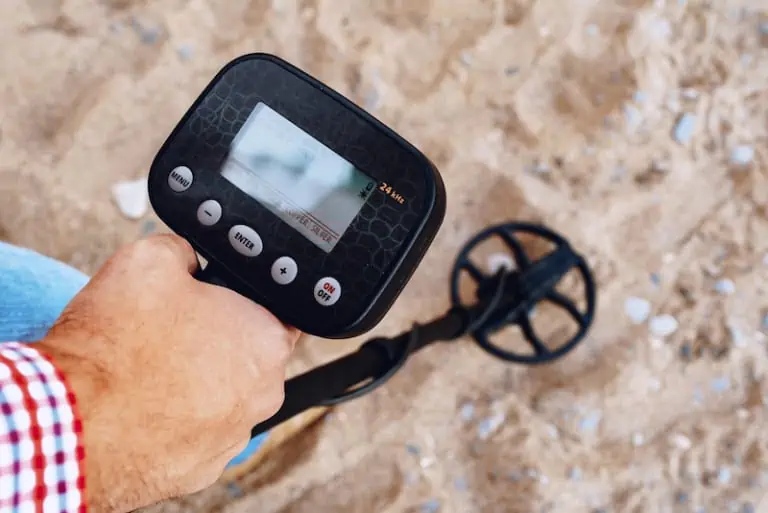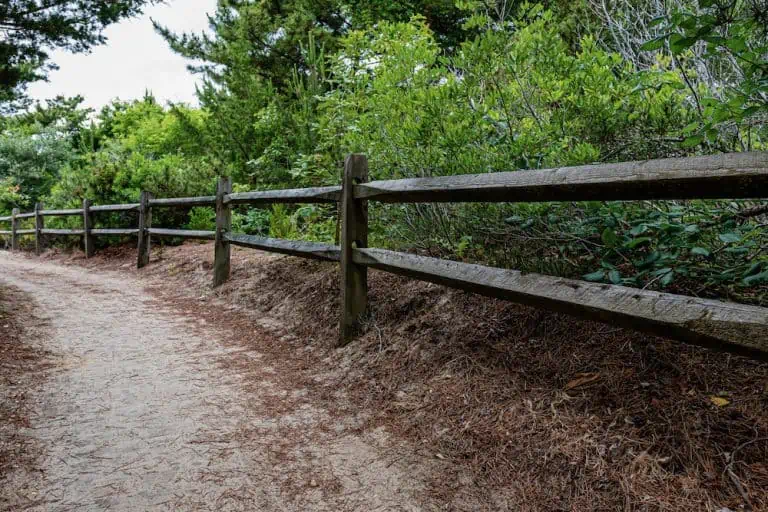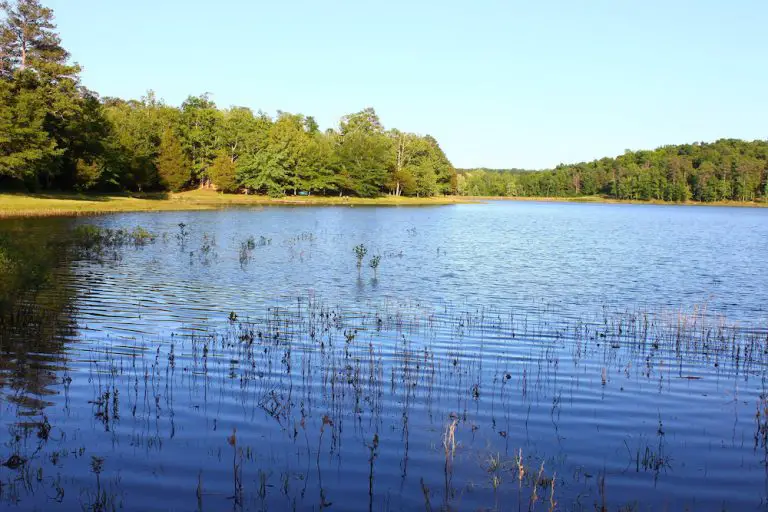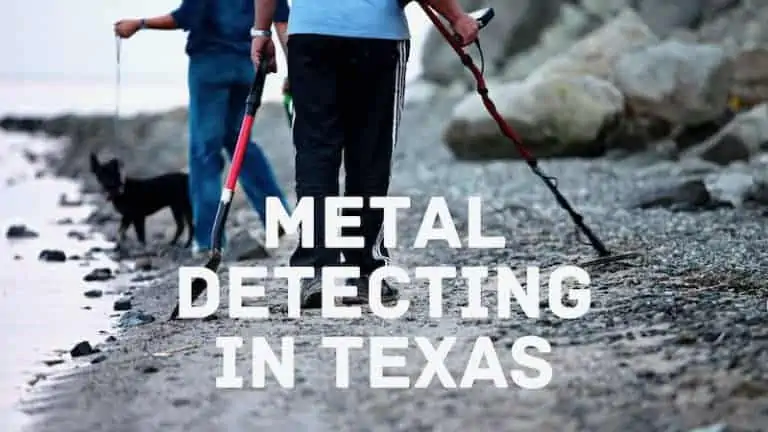Metal Detecting in Montana – Key Tips You’ll Love

If you’re interested in going metal detecting in Montana, and you’re excited to not only find buried gems but also understand all of the laws that are in place as it pertains to metal detecting, then you’ve come to the right place. In today’s article, we’ll cover everything you need to know about detecting in the state on Montana–a state nicknamed, ironically enough, “The Treasure State.”
Metal Detecting Laws in Montana

All states in the US are subject to the Archaeological Resources Protection Act. This is a federal level laws that prohibits the removal of any man-made items over 100 years old from public grounds. The National Historic Preservation Ace also governs meal detecting in Montana. As with the other Act, this one aims at protecting the state’s history by ensuring that artifacts are not ruined or removed.
Metal detecting is prohibited in National Parks in Montana. For example, in Big Hole National Park, the rules state that the possession or u se of a metal detector, magnetometer, side scan sonar, other metal detecting device, or sub bottom profiler is prohibited on all National Park Service property.
City Parks are always a good option for metal detecting; however, you must ensure you can legally metal detect in the park. In Great Falls, Montana, metal detectors are authorized only with a permit issued by the Park and Recreation Department of Great Falls. If you are metal detecting in another city in Montana, check with the parks and recreation department, or the park supervisor for information on metal detecting.
As with most states, you may metal detect on national forest lands. You will want to speak to the park ranger or area supervisor prior to meal detecting, though. Many areas within forests are historic or culturally important and therefore, off limits to metal detecting. Check with the rangers prior to metal detecting so you can stay within the law.
Be aware that in many areas of Montana, disturbance of the topsoil is illegal. This means you may be able to metal detect in certain areas, but you may not be able to dig up anything you find. If you own or know someone who owns property, this would be the best place to metal detect. Private property is not subjected to the rules and regulations governing public, state, and federal lands.
- You Might Also Like: Metal Detecting Laws: Where Can I Detect Treasure?
Metal Detecting in Montana State Parks
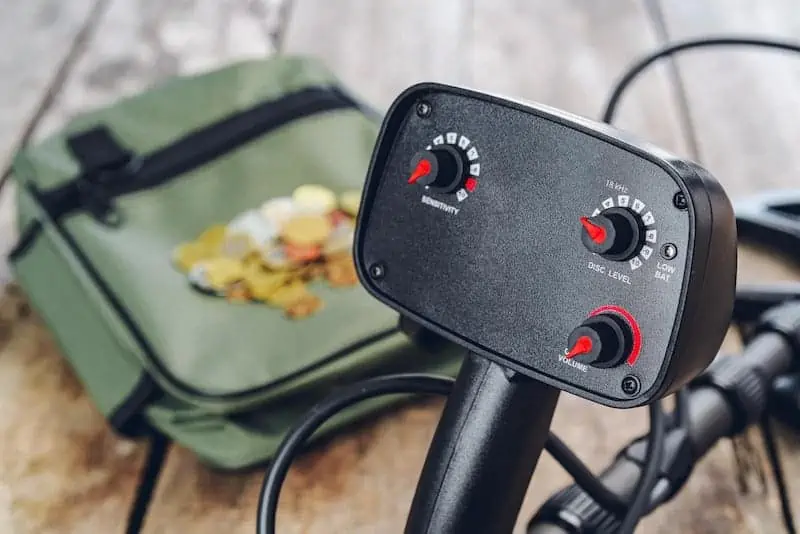
Metal Detecting in State Parks in Montana is not expressly forbidden. However, there are rules you must follow. The rules for property disturbance in State Parks says that using a mineral or metal detector, magnetometer, or any other metal detecting device is prohibited except where authorized.
This means you will have to speak to the supervisor or park ranger at the State Park you would like to metal detect in and obtain permission as well as locations where you can detect.
Keep in mind that many areas, including State Parks, may disallow you from disturbing the topsoil. You may well be able to metal detect in the State Park, but you may not be allowed to dig up anything you find. When you speak to the park ranger or supervisor, ask for clarification of this. If you cannot dig anything, you may as well count the State Parks as off limits!
Metal Detecting Clubs in Montana
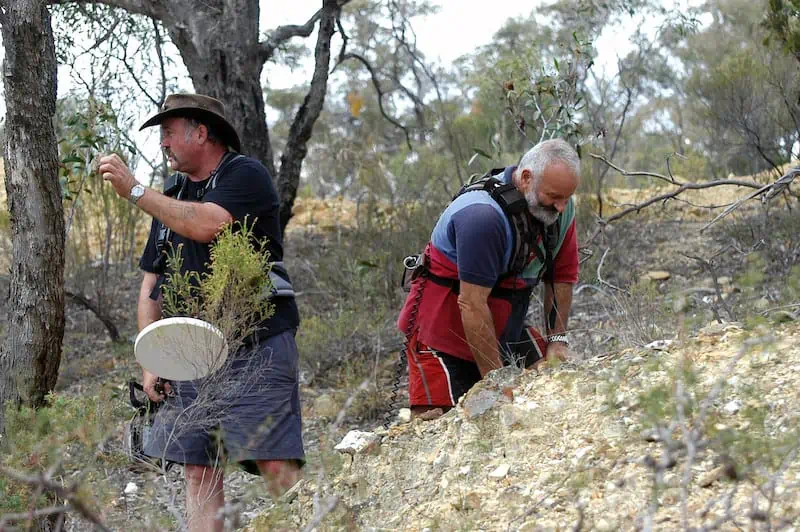
Montana has several metal detecting and prospecting clubs, like most states. These clubs provide many benefits to members including help identifying finds, help finding areas where you can metal detect, learning about new metal detector models, and sharing stories. Many clubs also hold meetings regularly and events for their members. These are all great ways to get involved with like minded people in the metal detecting community!
Here are some metal detecting and prospecting clubs in Montana:
- Beartooth Treasure Hunters and Prospectors Club in Billings
- Montana Treasure Seekers in Helena
- GPAA Headwaters Chapter in Belgrade
- GPAA Billings Chapters in Billings
- Northwest Montana Gold Prospectors in Columbia Falls
- Central Montana Prospectors in Great Falls
- GPAA Blackfoot River Chapter in Lincoln
- GPAA Lewistown Chapter in Lewistown
- You Also Might Like: Are Metal Detecting Clubs Worth Joining?
Metal Detecting for Gold in Montana

Montana is the 7th largest gold producer in the United States. Most of the gold districts in Montana are on the western border with Idaho. Western Montana is mountainous and rugged, compared to the rest of the state which is primarily flat prairie land. Gold was discovered in Montana in 1852. IN 1862, the Grasshopper Creek strike brought prospectors by the thousands to the state, beginning the first Montana gold rush.
Montana has produced thousands of ounces of gold consistently for the past 150 years. Many creeks and old mining sites are still hot spots for finding gold. Central Montana has a few locations where gold has been found too, mostly in the North Moccasin and Kindall districts. These are usually lower grade ores than the ones found further west.
Good Metal Detecting Spots in Montana
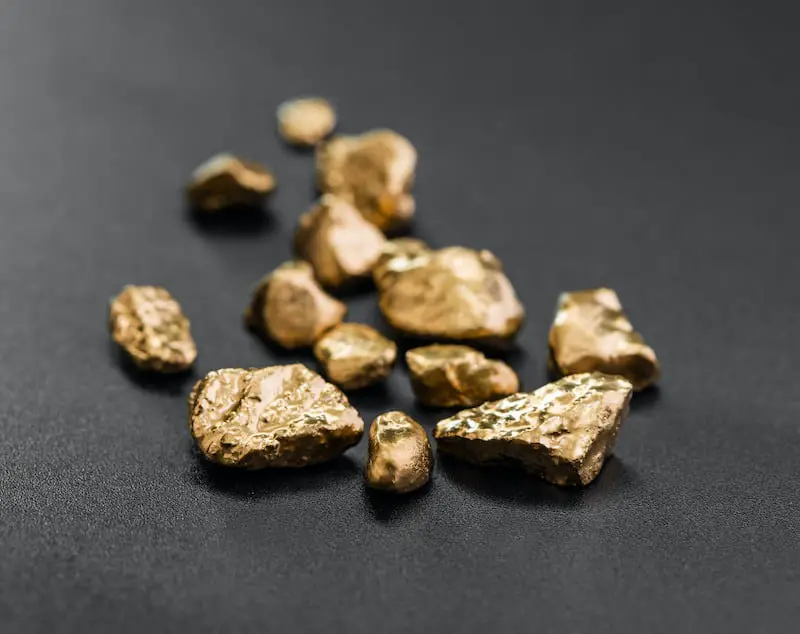
Although Montana has some strict rules for metal detecting, there are many great locations where you can metal detect and find buried treasures. Always be sure you check with the local authorities before you head out metal detecting in Montana. Some areas will not allow you to disturb the soil, smo you can only metal detect but not dig. Other places may change the rules regarding detecting or issue the necessary permits at their discretion. Double check before you go to ensure you have a wonderful time metal detecting in Montana.
Ghost towns are one of the best places to metal detect in Montana. Thousands of prospectors flocked to the state during the gold rush days. They set up mining camps and towns throughout the state in hopes of striking it rich. Many of these camps and towns are now ghost towns, abandoned after the gold dried up. Here are some of the best ghost towns to check out in Montana:
Garnet
Gold was discovered at First Chance Gulch in 1865, causing hopeful gold seekers to travel to the area. The mining town of Garnet was established shortly after. The town grew to include restaurants, saloons, gambling halls, and schools. Mining slowed down in the early 1900s and by the 1940s, the town was completely abandoned.
Over 24 buildings still stand and there are many artifacts to be found in the areas. Ensure you speak to the Garnet Preservation Association and Bureau of Land Management if you plan to metal detect in Garnet. They may or may not allow this activity, so double check!
Kendall
Kendall is in the North Moccasin Mining District and was founded in 1901 by Harry Kendall. Local mining served as the town’s foundation. Hundreds were employed by the mining operations and hundreds more moved their families here. At its highest point, Kendall was home to over 1500 people and had 4 larger gold mines: Kendall Mine, Horseshoe Mine, Barnes-Kind Mine, and Santiago Mine.
Santiago was the largest mine in the town and its closure in the 1920s devastated the town. Residents began to abandon the town in search of more stable employment. Again, check with the owner of this land before you metal detect to ensure you can detect legally here.
Coloma
Not much is known about Coloma, but the founding is believed to have happened in the early 1890s. Over $200,000 in gold has been extracted from Coloma during its peak.
Significant money was spent to create a mill that never became as productive as they anticipated, causing the town to suffer. This is all that historians have pieced together about Coloma. Check with the landowner before you metal detect at Coloma!
Earthquake Lake
Earthquake Lake is aptly named as it was created by an earthquake in 1959. A landslide of 80 million tons of rock stopped the flow of the Madison River, causing flooding and extensive damage. The lake is 5 miles long, 1/3rd of a mile wide, and 190 feet deep. This area is a popular recreation spot for visitors from Memorial Day through September.
There is a visitor center with a memorial boulder and plaque featuring the names of 28 people killed during the earthquake and subsequent events. Check with the visitor’s center before you metal detect here.
Yaak Valley
Yaak Valley features 180,000 of undisturbed, rugged, and remote roadless areas with many plant and animal species, a modified Pacific Maritime climate with a rare inland temperate rainforest and lies within the Kootenai National Forest.
National Forests typically allow metal detecting but check with the park ranger for areas where you may and may not metal detect within Kootenai National Forest and the Yaak Valley.
Abandoned Railroads
There are many abandoned railroad stations and railroads throughout Montana. These are wonderful places to metal detect, with permission. Some of these include Kendall, Garnet, Virginia City, Nevada City, and Bannack.
10 Metal Detecting Tips for Montana
1) Always check with the authorities in charge of whatever area you plan to metal detect in Montana. Some areas have stricter rules, and some areas do not allow disturbing the topsoil. Check before you go to save yourself from headaches!
2) Do not pick up any item over 100 years old, unless you are on private property.
3) Always get written permission from the landowner of private property. This will keep you safest when metal detecting.
4) Try exploring areas known for producing gold in Montana. Your metal detector may just hit on a nugget left behind by the old miners!
5) There are many tales of buried treasures in Montana. Check areas known for this lore, and you may just strike it rich!
6) If you plan to search Montana’s many rivers or lakes with your metal detector, ensure it is waterproof!
7) Search near the western border with Idaho for the best chances to find gold with your metal detector.
8) Aside from gold, you can find modern and older coins, metal relics, gold, or silver coins, and even sapphire (clearly not with a metal detector but you can still find these gemstones!).
9) Check with some of the local metal detecting clubs in Montana for access to more information about metal detecting, tips and tricks for metal detecting, and clarification of laws.
10) Ensure you have the proper type of metal detector for the items you are seeking. Make sure this detector works well with Montana soils. Gold bearing soils typically have a high iron content which can disturb some metal detectors readouts.
Conclusion
Montana is a beautiful state with a vast history. Several gold rushes occurred in Montana, especially in the western [portion of the state. You still have a great chance to find gold while metal detecting in Montana. Montana does have some strict rules for metal detectorists to follow. Some areas will allow metal detecting, but you may not disturb the topsoil.
Some areas completely forbid metal detecting. All areas are governed by federal laws prohibiting the removal of artifacts over 100 years old. Private property is exempt from these rules, so if you can find some private property and gain written permission from the landowners, you have a fantastic chance to uncover some of Montana’s history!
- If you enjoyed this article, please “like” our Facebook page!
